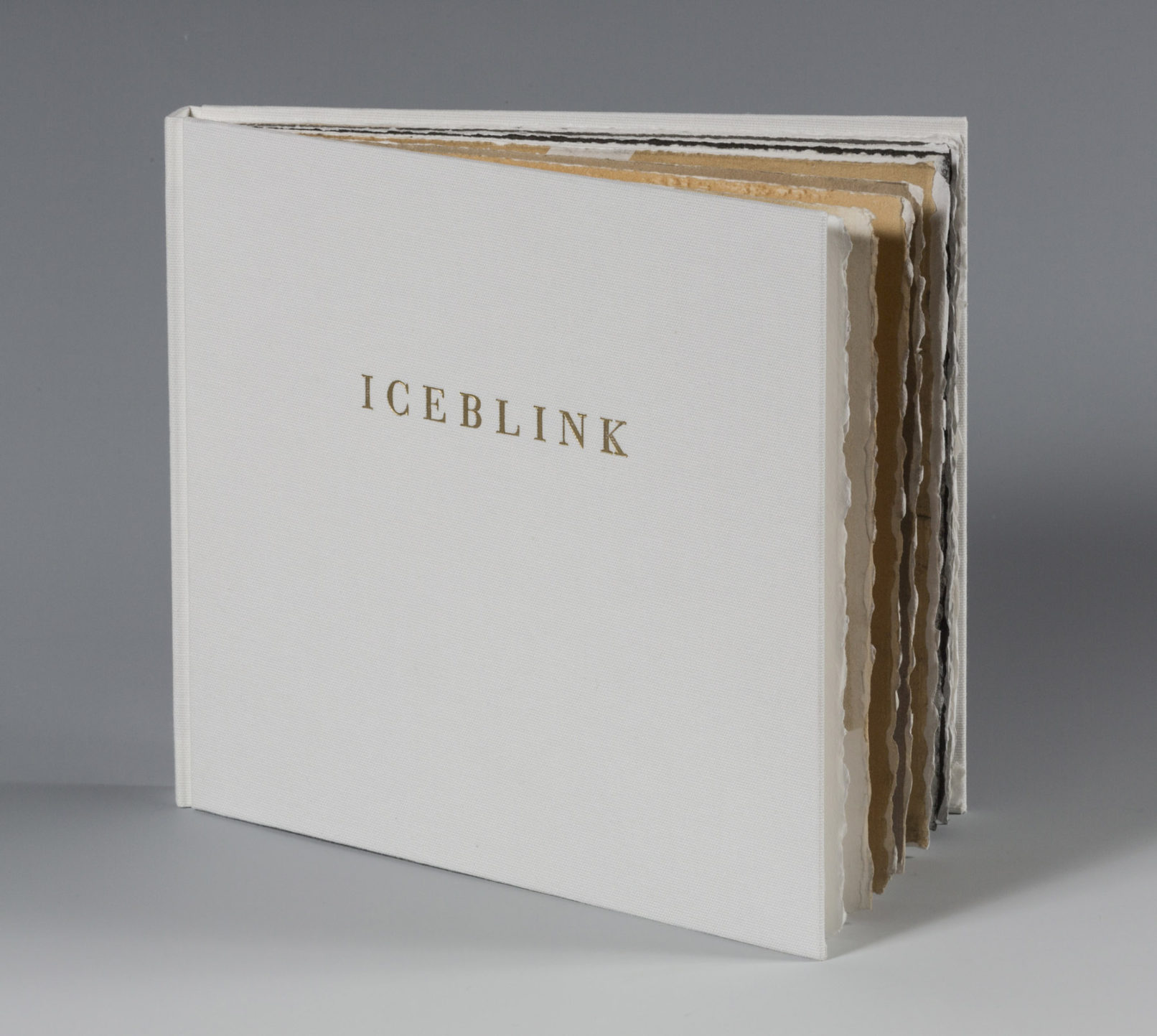Iceblink
Iceblink is an interpretation of archival materials documenting the 1932 voyage by Marie Peary Stafford to Greenland to oversee the construction of a monument to her father, explorer Robert Peary.
I began this project in university library archives, searching for an understanding of the United States colonial imagination and academia, and how these relate to whiteness, female identity, and embodied experience. Making art has always been linked to personal and societal healing for me, and with this piece I wanted to better understand white supremacy in the institutions I work and move in, seeking to uncover the ways that I engage with those forces and systems. I made this work to better understand the social constructs of whiteness, wanting to learn about the part I play in white supremacist systems by piecing together the story of a white woman historical figure.
“Iceblink” refers to the perceptual phenomenon of white light reflected onto the underside of clouds close to the horizon from distant plains of ice. The term reminds me of how I feel as like a white person today reading about a place through the colonial gaze of a white person from history.
The landscapes depicted on Iceblink’s pages are framed, obscured, or defined by the material objects from Stafford’s life at home. The overlaying stencil shapes on top of the landscapes in these images are based on the material objects named in Stafford’s first day journal entry. The base layer of the book’s pages, engravings of land and seascape views, are interpretations of photographs taken by Stafford from the ship’s deck. While reading her travel journal, I considered my past travel experiences and how I saw places through the lens and baggage that I carried there with me.
Nearly one hundred years after Stafford’s monument mission, as an art viewer and educator teaching at a private college, I recognize the colonial gaze in myself. This gaze has unconsciously informed how I learned to make art and have a career, and it has defined how I move in the art world. As an artist and teacher, I seek to fracture this gaze, and naming it through making this book was my first step on that search.
Friends and collaborators helped with this project. Cathleen Miller, poet and curator at the Maine Women Writers Collection at University of New England, steered me to these materials and discussed them with me through regular walks, tea breaks, and creative work sessions together. Poet Mark Melnicove worked with Stafford’s journal, and the cross-out texts he made influenced my thinking early in the project. Titus Kaphar advised me that white people need to make art about whiteness. Jen Scanlon hosted a discussion for this project at her home when I was creatively “stuck,” and Connie Chiang, Pamela Fletcher, Eileen Sylvan Johnson, Patty Jones, and Shana Starobin gathered with Jen and me to shine their brilliance and the expertise of their fields on my first draft. Ron Harrity gave me his unwavering support and designed the text, Scott Vile set the type and letterpress printed, Martha Kearsley bound the book edition.

















